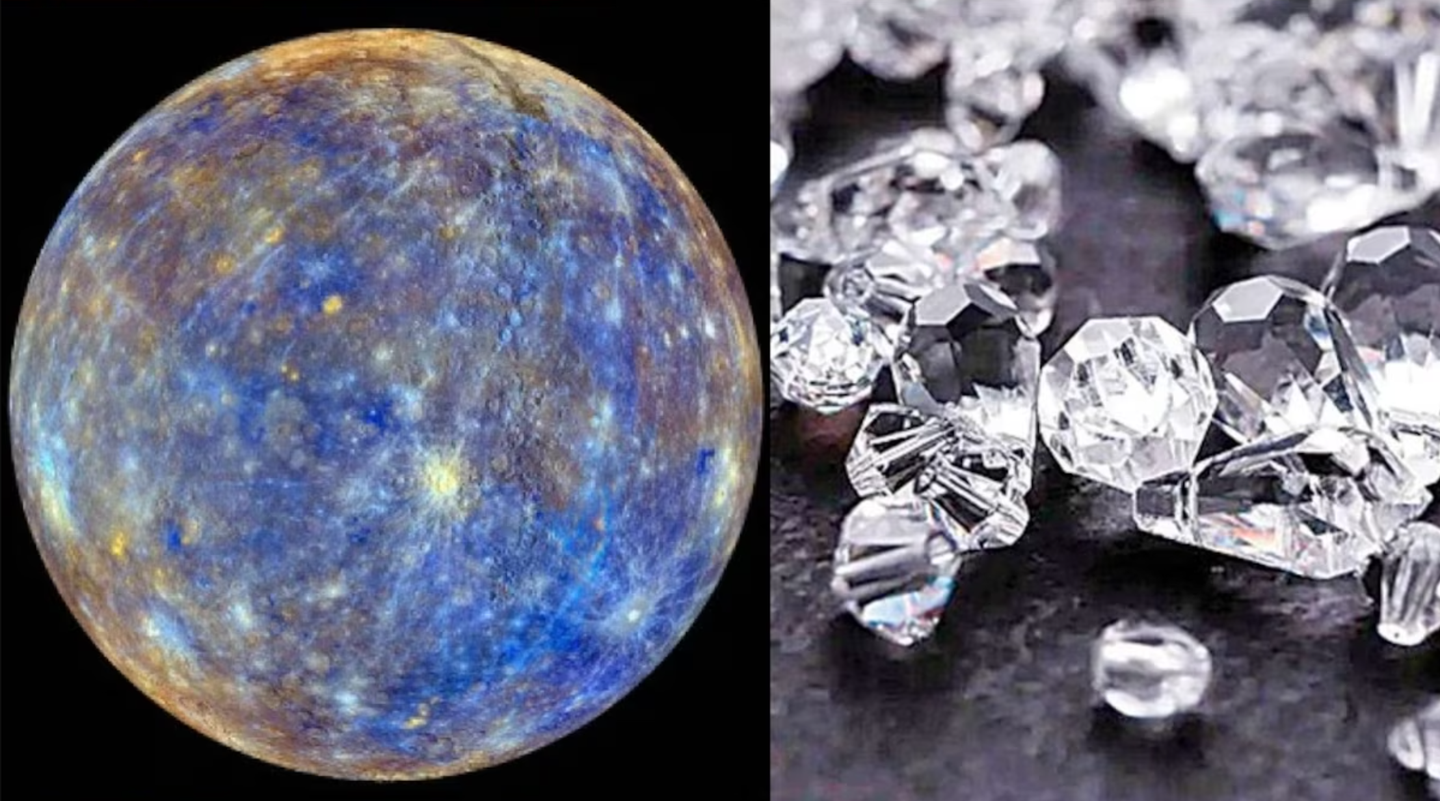Swiss Research Reveals Toxic Impact of Commercial Dishwashers on Gut Health
This seemingly inconspicuous ingredient can have ramifications on gastrointestinal health, sparking the onset of various chronic diseases.

[Aug. 14, 2023: Staff Writer, The Brighter Side of News]
Residue from rinse agents is left behind on dishes after they are cleaned in professional-grade dishwashers. (CREDIT: Creative Commons)
In the cozy confines of a restaurant or a military barrack, the subtle hum of commercial dishwashers diligently cleaning plates, glasses, and cutlery is a familiar backdrop. These machines offer a promise of convenience and hygiene, quickly washing and drying tableware at high speeds. However, a startling revelation by the Swiss Institute of Allergy and Asthma Research (SIAF) now casts a shadow on this everyday appliance.
A ground-breaking study led by the research team of Cezmi Akdis, an esteemed UZH professor specializing in experimental allergology and immunology, has unveiled the potential toxic aftermath of using rinse agents in commercial dishwashers. This seemingly inconspicuous ingredient can have ramifications on our gastrointestinal health, potentially sparking the onset of various chronic diseases.
At the core of this investigation is the standard operating mechanism of commercial dishwashers. In the first 60-second cycle, hot water mixed with detergent is circulated at high pressure. This is followed by another 60-second washing and drying cycle, where water teams up with a rinse agent.
What’s alarming, as the study points out, is the absence of an extra wash cycle in many of these dishwashers. This leaves the door open for potentially harmful remnants of the rinse agent to linger on dishes. When dried and untouched, this chemical residue can enter our bodies the next time these dishes come in contact with food or drink.
Related Stories:
Delving deep into the effects of these commercial detergents and rinse aids, the researchers at SIAF utilized human intestinal organoids and innovative intestinal cells on microchips. These organoids, shaped into three-dimensional cellular clumps, bear an uncanny resemblance to human intestinal epithelium.
By introducing these commercial substances, diluted to match their proportions on dry dishes, the team unearthed a disturbing reality. At high concentrations, rinse agents have the potential to annihilate the intestinal epithelial cells. In reduced doses, they render it increasingly permeable. Further diving into this alarming phenomenon, the team identified the nemesis: a component named alcohol ethoxylates.
“The effect we discovered could very well be the initial step in the degradation of the gut’s epithelial layer, potentially setting the stage for myriad chronic diseases,” warns Professor Akdis. He urgently adds, “The public needs to be made aware of this looming danger, especially since alcohol ethoxylates are a staple in commercial dishwasher formulas.”
Dose-dependent cytotoxicity in Caco-2 cells in response to professional dishwasher detergent and rinse aid. A, Cytotoxicity of monolayer-cultured Caco-2 cells treated with professional dishwasher detergent and rinse aid alone or as a mixture for 24 hours in different dilutions. (CREDIT: The Journal of Allergy and Clinical Immunology)
The Epithelial Barrier Hypothesis
The epithelial barrier, a sheet of cells enveloping the intestinal tract, serves as our body's frontline defense, monitoring and controlling the substances that gain entry. When this barrier is compromised, it can lead to a plethora of conditions ranging from food allergies, gastritis, and diabetes, to severe ailments like Alzheimer’s disease, chronic depression, and rheumatoid arthritis.
Over the last two decades, Akdis, a torchbearer in this domain, has been instrumental in shaping the ‘epithelial barrier hypothesis’. As he explains, myriad additives and chemicals we stumble upon in daily life have the potential to breach these barriers.
The rinse aid decreased TEER and increased PF in differentiated Caco-2 cells. A, C, and E, TEER was measured every 24 hours for 9 days for cells treated with detergent and rinse aid alone or as a mixture. B, D, and F, PF was measured in response to 72 hours of exposure to the detergent and rinse aid alone or as a mixture. (CREDIT: The Journal of Allergy and Clinical Immunology)
The stakes are monumental. "We're hypothesizing that compromised epithelial barriers could be the precursors to nearly two billion chronic illnesses," Akdis cautions.
A Call to Action
The ramifications of this study are profound. The commercial dishwasher, omnipresent in various venues, plays an unwitting role in potentially endangering public health through the use of commercial rinse agents. With a clear link established between the destruction of the epithelial barriers and the onset of chronic illnesses, the urgent need of the hour is public awareness.
Rinse aid alters mRNA expression of major TJ and AJ genes. A and B, Genes that are significantly changed in response to rinse aid vs unexposed (log2 ratio). ∗P
"It's imperative for people to be informed about the potential risks lurking in their dishes,” emphasizes Akdis, advocating for a swift collective response to counteract the deleterious effects of these substances.
While technology and convenience continue to augment our modern lifestyle, it remains our collective responsibility to remain vigilant. Aided by cutting-edge research like that of SIAF, we can navigate the intricate tapestry of our daily lives, making informed decisions for a healthier tomorrow.
Literature:
Ismail Ogulur, Yagiz Pat, Tamer Aydin, Duygu Yazici, Beate Rückert, Yaqi Penq, Juno Kim, Urszula Radzikowska, Patrick Westermann, Milena Sokolowska, Raja Dhir, Mubeccel Akdis, Kari Nadeau, Cezmi A. Akdis. Gut epithelial barrier damage caused by dishwasher detergents and rinse aids. The Journal of Allergy and Clinical Immunology.
For more science and technology stories check out our New Discoveries section at The Brighter Side of News.
Note: Materials provided above by The Brighter Side of News. Content may be edited for style and length.
Like these kind of feel good stories? Get the Brighter Side of News' newsletter.



